News that Dundee United chief Mark Ogren has sold his golf resort in St Andrews in a multi-million-pound deal marks the latest twist in a very long and chequered history for the site.
Ambitious proposals for a golf resort at Feddinch Mains have been rumbling on for more than two decades.
Plans for the land to the south of the town were first mentioned as far back as April 1999.
And since then, several developers, including Mr Ogren’s former company GPH Engineering, have come and gone.
We’ve put together a timeline of events in a bid to make sense of St Andrews longest-running golf proposal.
Feddinch Mains golf resort timeline
March 1999 – an ambitious planning application is submitted by Dundee businessman Michael Johnston, the man behind a £15 million hotel complex in Carnoustie.
It includes a 150/200 bedroom hotel with conference facilities, plus an 18-hole golf course, a golf range, clubhouse, sports and leisure facilities and a spa.
And 600 timeshare units for holidaymakers are also included.
However, Mr Johnston withdraws the proposal before it is considered by councillors.
November 2001 – Scaled down plans are unveiled by St Andrews International Golf.
The timeshare units are gone but proposals include an 18-hole golf course, clubhouse, 40 two-bedroom suites, a bar and leisure facilities.
2004 – Fife Council approves the plans.
2005 – The Feddinch Mains site is bought with the existing planning consent in place.
2009 – The developer asks for more time to thrash out details of the planning consent.
2010 – Plans are dropped.
2014 – Fresh plans submitted by Scotia Investment Group, including an 18-hole course designed by former Open champion Tom Weiskopf, are approved.
Work starts but grinds to a halt due to bad weather and the ill-health of the project’s director.
2017 – Permission for the Scotia plans is renewed but lapse in 2020.
2020 – GPH Engineering buy the site with a view to progressing the development, including a clubhouse, golf accommodation, 41 luxury suites, a spa and restaurant.
A planning application is submitted but has yet to be considered, although preparatory works begin with consent in place.
May 2021 – Mark Ogren discovers contractors have not been paid and halts work.
October 2021 – Mark Ogren resigns from GPH Engineering and sets up a new firm, which keeps ownership of Feddinch Mains.
July 2022 – Mark Ogren sells the site to American developers Alvarez and Marsal, who already have a gold course in New Mexico and one in Ireland.
August 2022 – The new owners announce they plan to develop the site and change the resort’s name.
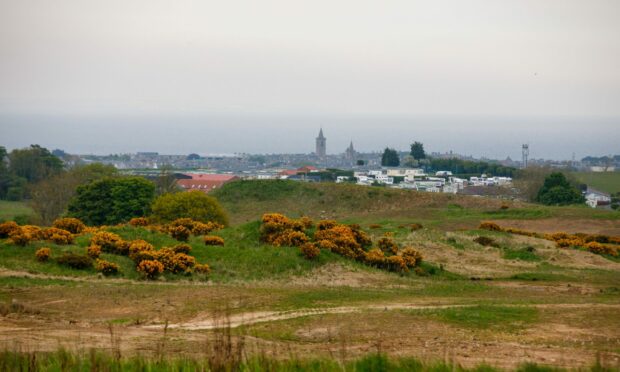
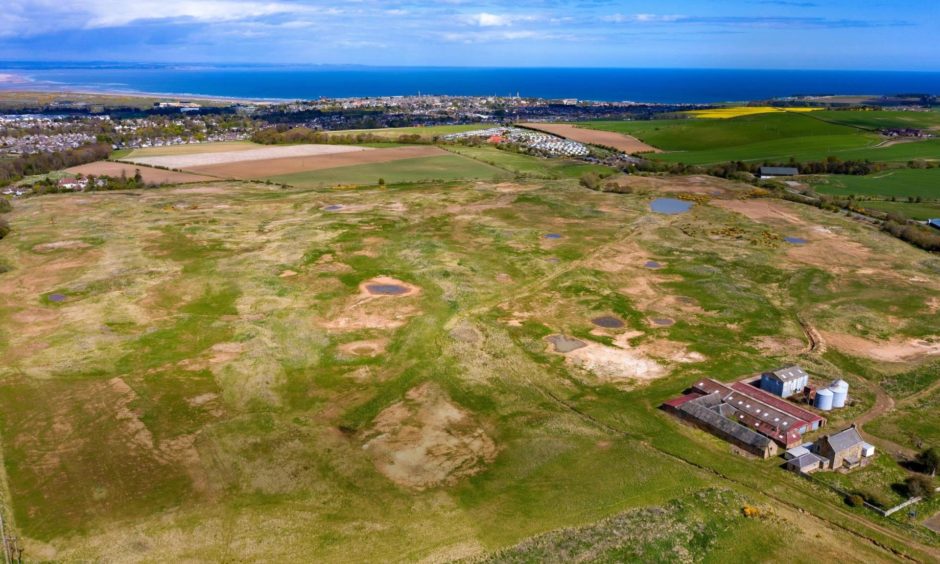
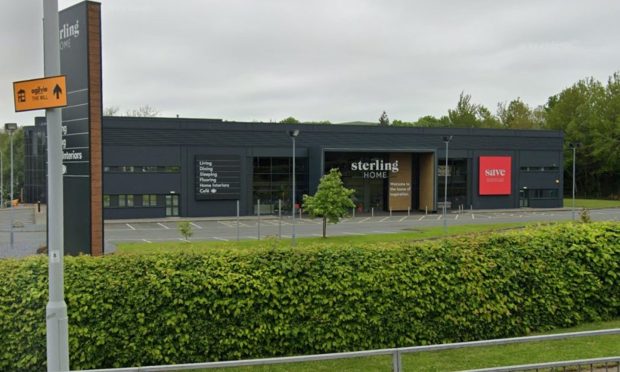
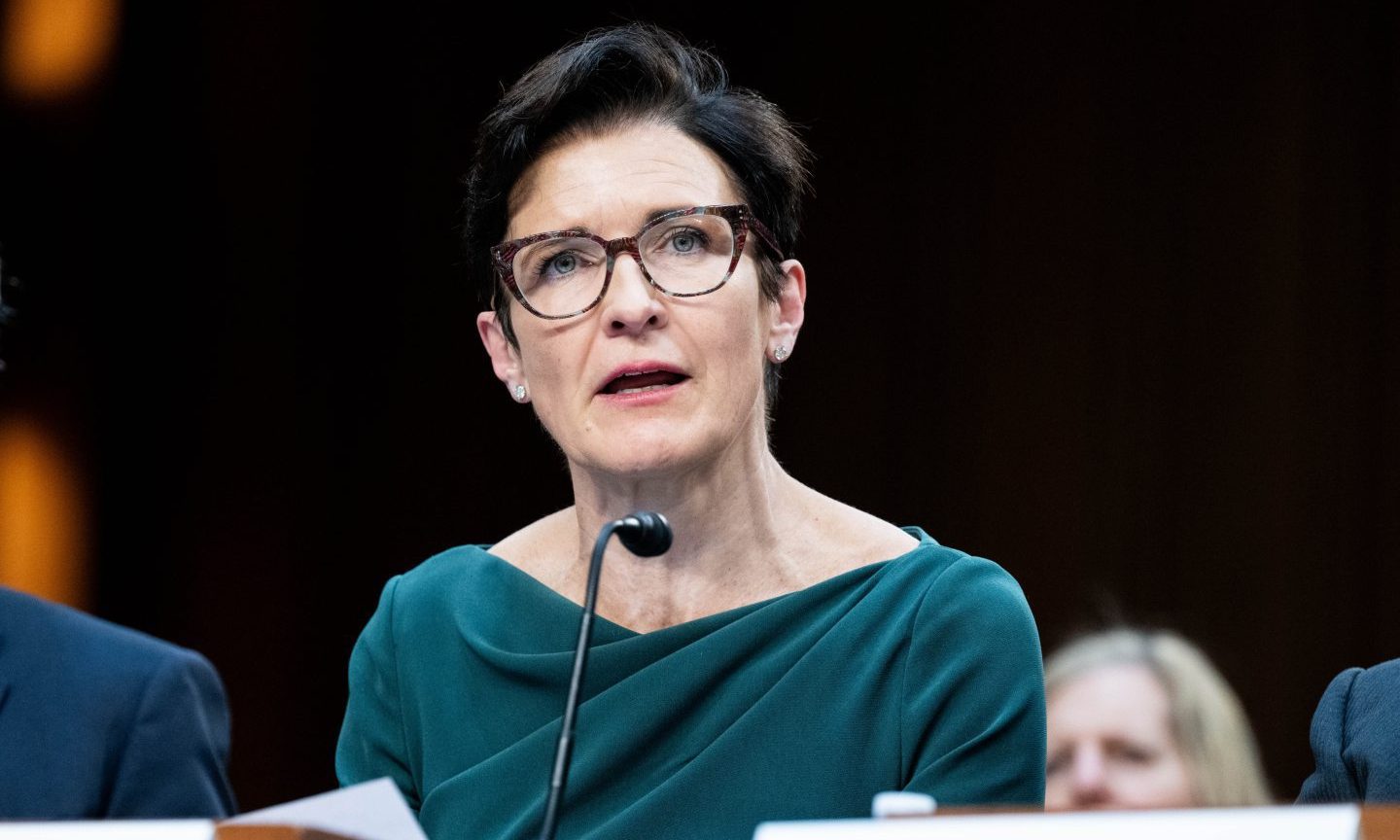
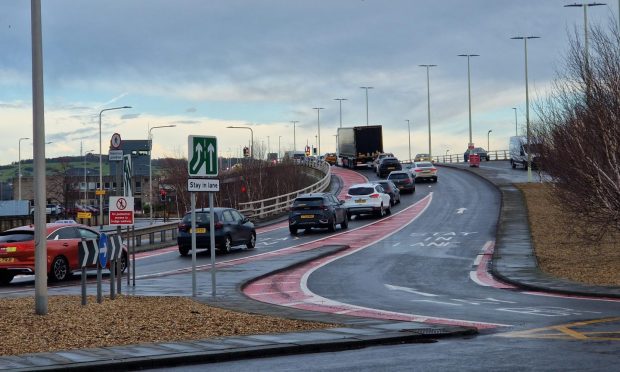
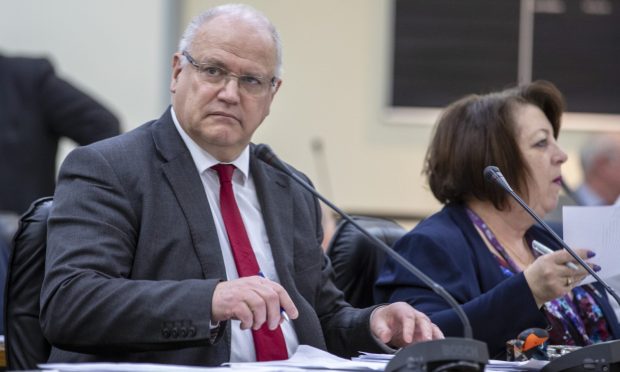

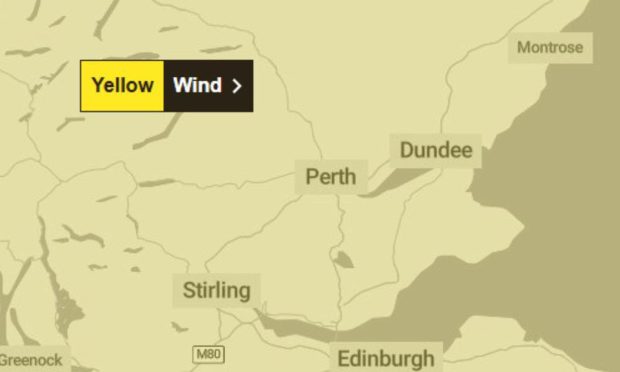
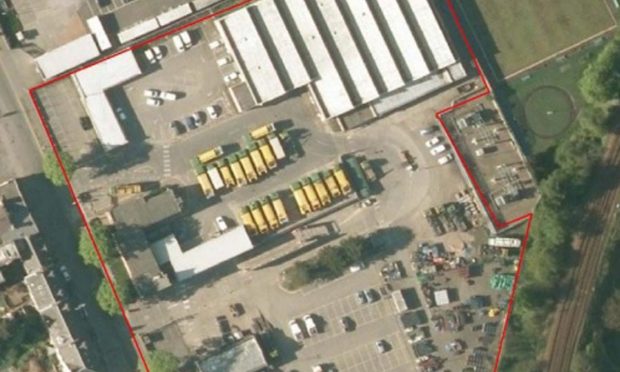
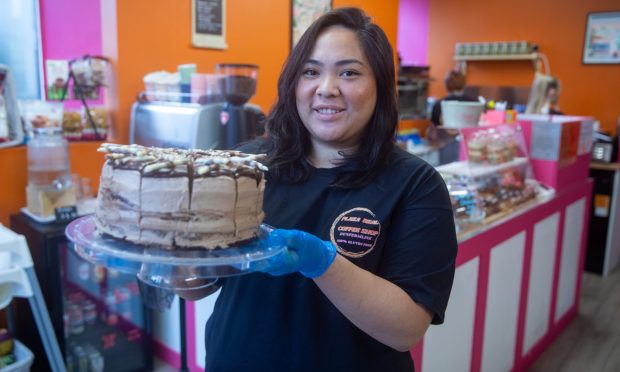
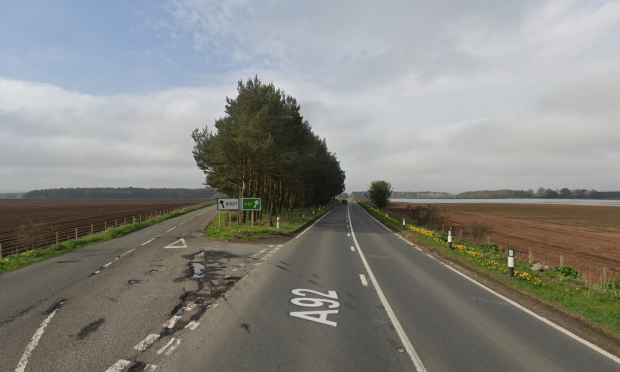
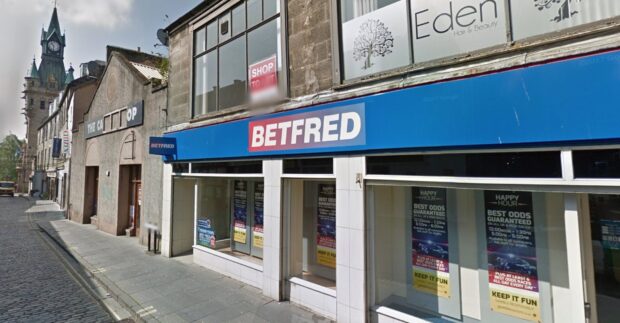
Conversation